Big Green Pocketbook
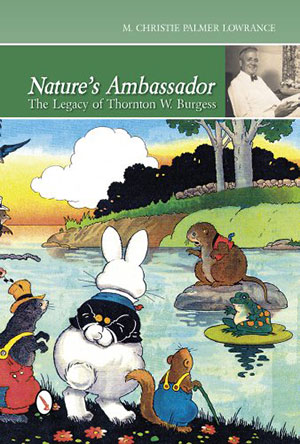
Reading through Troubled Times
I pulled off the shelf a one-hundred-year-old edition of The Burgess Animal Book for Children by Thornton W. Burgess and took it to bed. The rolled edges of the worn binding felt reassuring in my hands, the thick rag pages soft and gently foxed. Why turn to an ancient children’s book?
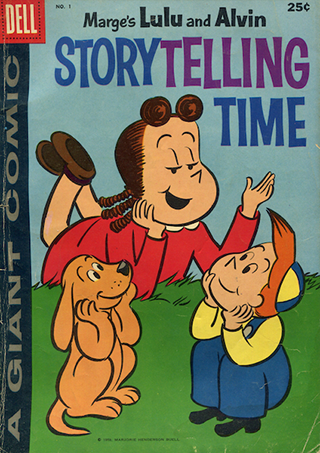
Little Lulu Gave Me Fairy Tales
Many children were once introduced to fairy tales by Andrew Lang’s books or the complete stories of Grimm or Anderson. Yet I was steeped in fairy tales through Little Lulu comic books.
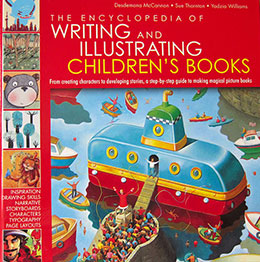
Starting Over … Sort Of
This year — after more than 40 years as a fulltime writer of books for children — I feel the need to start over. What went wrong in my career? It’s a long list, I’m afraid
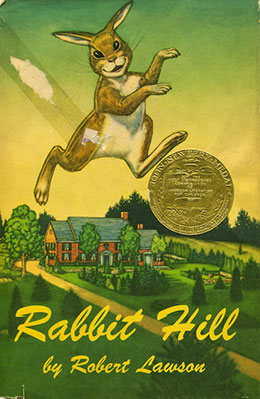
Robert Lawson Gave Me Animals
Is there anything finer than a middle grade book with interior art? Yes, a middle grade book about woodland animals with excellent interior art.
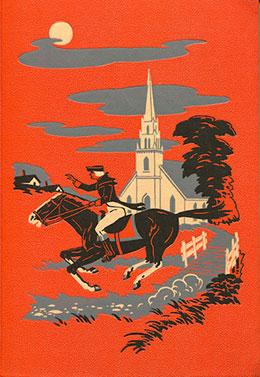
A Lust for Endpapers
They say don’t judge a book by its cover but watch out for enticing endpapers! I discovered the lure of endpapers as a kid leafing through my cousin’s Childcraft series.
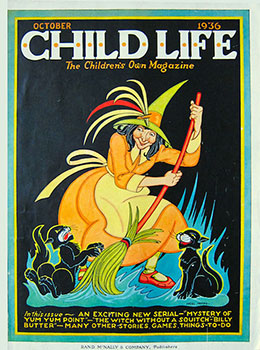
Magazine Parade
In which Candice F. Ransom takes a look at American children’s magazines from 1789 to today.
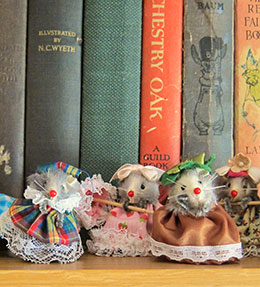
When I Was a Wild Pony
The title of this essay comes from a dream I had last night, its memory and meaning caught between mysterious dreamtime and awakening in this harsh end-of-summer world. I was never a wild pony.
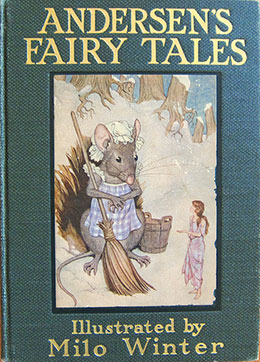
Borrowed Sparkle
I sat on a rusted swing hung from an I beam in our basement with a heavy book on my lap. I was ten and lonely because my only sister had left home a year earlier.
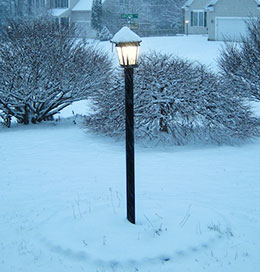
Waiting for Mr. Tumnus
Long ago, on windy, wintry nights, I’d look out the window by my bed as trees shifted for a glimpse of a light deep in the woods. The yellow light — on and off as the wind tossed — kept me up late, wondering. We had no neighbors on the other side of our woods.
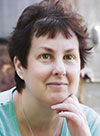
My Journey with Margaret Wise Brown
How long does it take to write and have a nonfiction picture book published? A few years? Five? How about nineteen?

Listening for Stories
Each morning, when I can, I walk two and a half miles. I walk for exercise because I write most of the day. But mainly I walk to listen for stories.

Crafting a Home of the Heart
It had been years since I last visited the home of my heart, the only place where I can breathe freely. Conicville is in Shenandoah County in the Valley of Virginia, bordered by the Allegheny Mountains. It consists of a church, a cemetery, and a scattering of houses and farms. In 2012, I traveled to meet my 98-year-old cousin. His farm

The Cottage of Lost Play
Working on my magical realism middle-grade novel, I realized I couldn’t visualize where my story is located. I could describe immediate buildings, but the landscape was blank. If I couldn’t see it, neither could a reader.

Finding Wonder
When fairy tale characters step into the woods, they are beset by tests, yet are stronger by the time they find their way out. At the beginning of 2021, I wandered in a deep, dark woods because, as Bruno Bettelheim warns in The Uses of Enchantment, it’s where you go after losing the framework which gives structure to your life.

Losing Wonder
I hadn’t written in months. Yet each morning, during that misty period between sleep and wakefulness, ideas popped into my mind. In the cold winter light, though, those ideas were revealed as withered and drab. Covid stole more than concentration and motivation. It robbed me of wonder.
